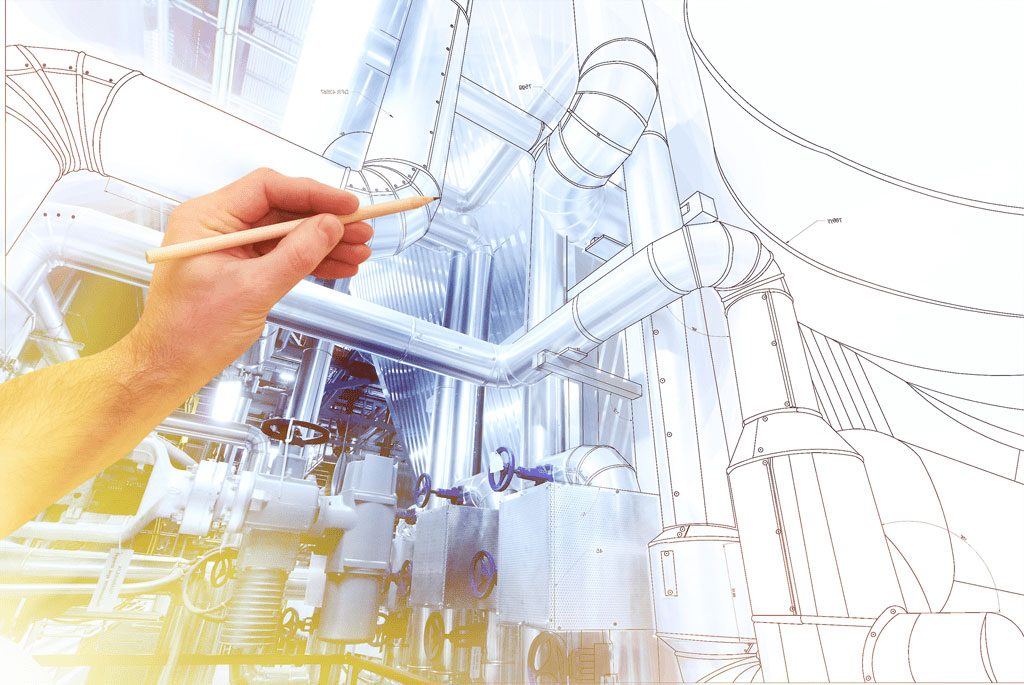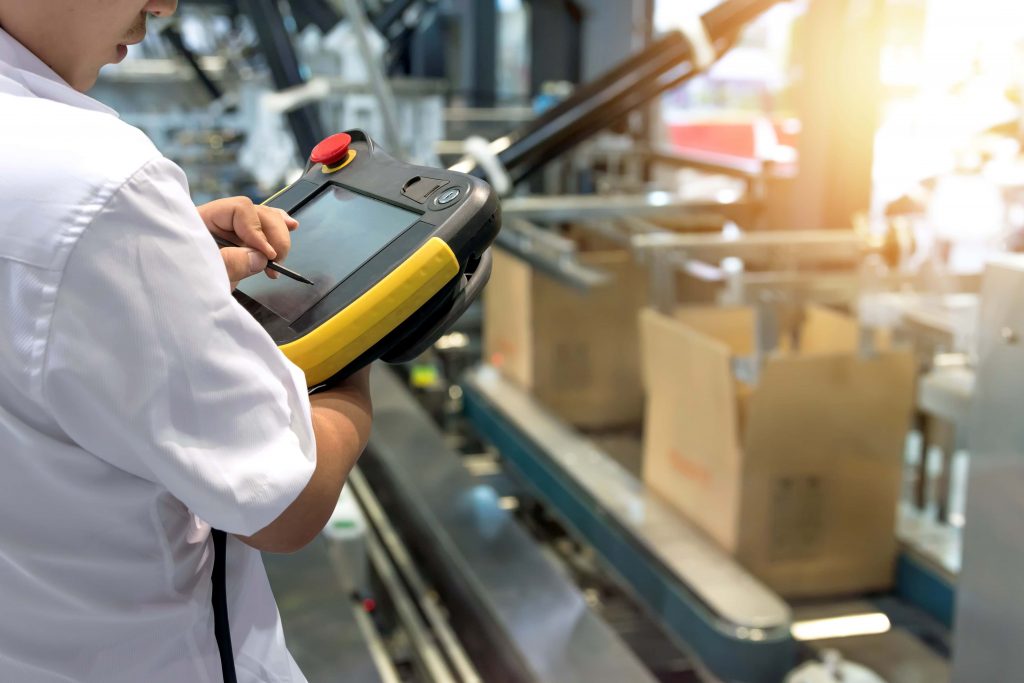The focus of the topic Advanced Lean Production is the analytical description, modeling, and optimization of production systems. Here are methods of Operations Research (OR), which are summarized under the term Factory Physics.
The main topic of the Advanced Lean Production is the modeling and optimization of production systems (systems engineering), taking into account material flow, production control, and variability aspects. These approaches of the OR are combined with methods from the field of group technology. These contribute to the recognition of similarities of objects, recognize patterns and cover with their different methods of pattern recognition and data mining a wide range of applications in almost all corporate functions of production and production-related areas. For example, by grouping products and processes based on comparable characteristics, the degree of reuse of design and manufacturing data can be increased and the potential for improvement in companies can be exploited.
It offers the novel possibility of mapping, forecasting and optimizing the system behavior of complex value streams. Applications such as the virtual twin of production (Digital Twin) and dynamic value streaming take the OR’s methods to a new level and offer many potentials in combination with manufacturing family formation, order optimization, balancing and standardization of product structures. Short feedback loops, in line with Advanced Process Control (APC), form the basis for process-oriented optimization processes with significant potential for reducing quality costs.

The increasing digitization and the shortage of skilled labor are creating new, flexible forms of division of labor between human and machine.
The human-machine Interaction will become one of the most competitive subject areas of the future

In addition to the work-sharing operation of humans and robots in industrial applications, which has been tried and tested for years, with a focus on load-bearing capacity (eg to improve physiological loads) or accuracy (eg compliance with quality characteristics), the focus of novel human-robot collaboration is in the flexible interaction between human and machine. Coping with capacity bottlenecks and balancing power in clocked systems are promising applications, especially for modern lightweight robots, which can also be commissioned and operated with less investment and comparatively modest automation know-how.
The analysis of suitable interaction possibilities at the interface of human and machine also plays an important role in the planning and decision support within production planning. The context-based provision and presentation of planning and production data offer additional potential that, in line with the respective roles in the production environment, shortens planning and response times and, as a result, improves the efficiency of the production system.
